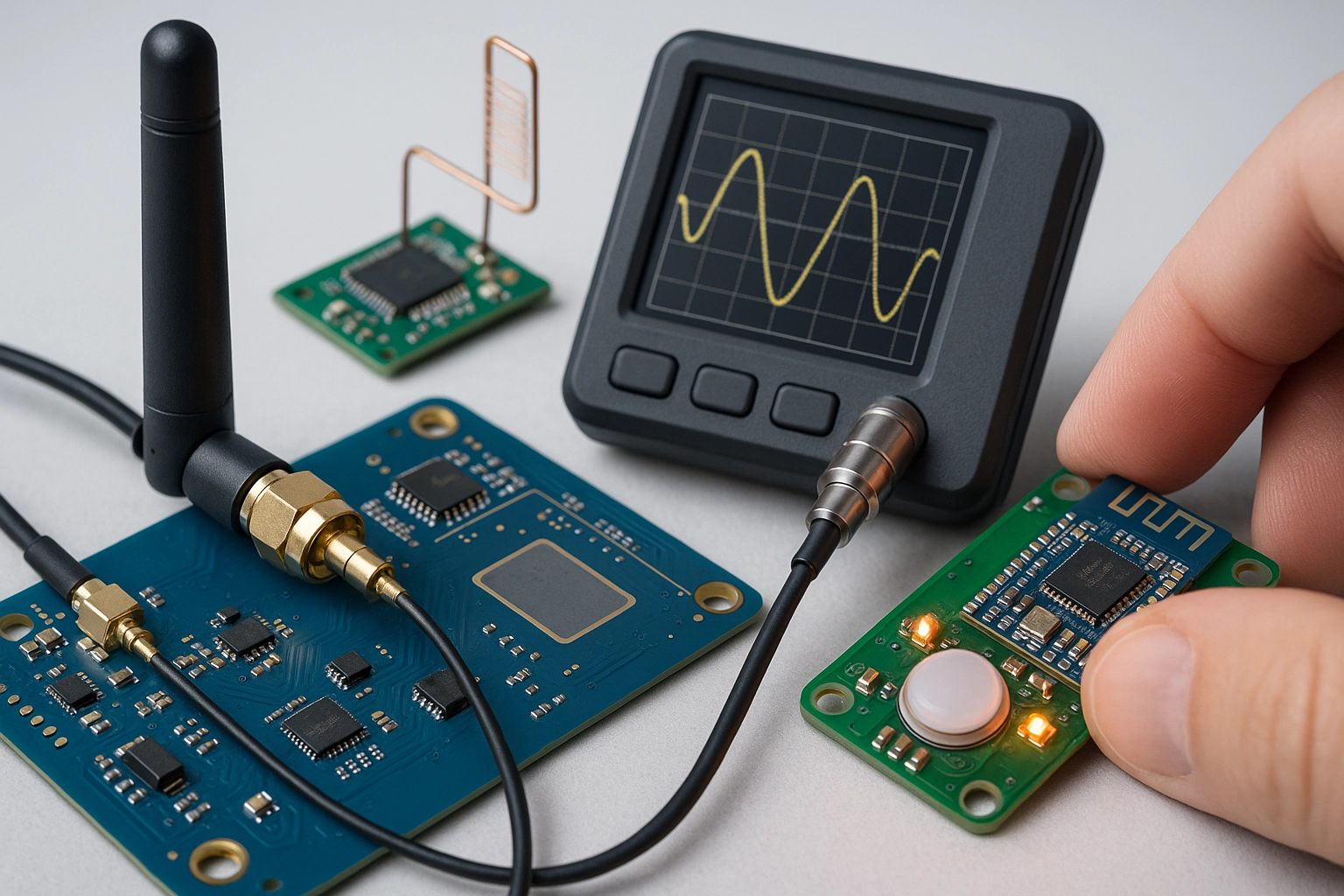EN 303 613 Cooperative ITS Wireless Security Testing
The EN 303 613 standard is a critical part of ensuring robust and secure wireless communication in intelligent transportation systems (ITS). This standard sets the guidelines for testing the security features of cooperative ITS applications, which involve interoperable road transport telematics infrastructure. The objective is to ensure that all communications are protected against unauthorized access, tampering, and eavesdropping.
The scope of this test encompasses a wide range of scenarios where secure wireless communication is essential for safety and efficiency in transportation networks. This includes testing the security features of ITS applications such as vehicle-to-vehicle (V2V), vehicle-to-infrastructure (V2I), and infrastructure-to-vehicle (I2V) communications.
The standard focuses on both physical layer security measures and higher-layer protocols, ensuring that not only the data in transit but also the integrity of the communication channels themselves are protected. This is achieved through a series of rigorous tests designed to simulate real-world attack vectors and ensure that the systems can withstand them without compromising safety or performance.
The testing process involves several key steps. Initially, the system under test (SUT) must be configured according to the specifications outlined in EN 303 613. This includes setting up the communication environment, defining the security parameters, and ensuring that all components are correctly interfaced with one another.
Once the setup is complete, a series of tests are carried out. These include both passive and active testing methods to assess different aspects of system security. Passive testing involves monitoring the network for suspicious activity without interacting directly with it, while active testing requires simulating various attack scenarios and evaluating how effectively the SUT responds.
Some of the specific tests conducted under EN 303 613 include:
- Testing against denial-of-service (DoS) attacks
- Evaluating resistance to man-in-the-middle (MITM) attacks
- Assessing resilience against buffer overflow exploits
- Verifying the integrity of cryptographic protocols used in the system
- Checking for vulnerabilities in the handshake process of secure communications
- Evaluating the effectiveness of encryption algorithms employed by the SUT
The results of these tests are then documented comprehensively, providing detailed insights into any weaknesses found within the system. These reports serve as crucial tools for improving future iterations of ITS applications and ensuring ongoing compliance with international standards.
By adhering to EN 303 613 Cooperative ITS Wireless Security Testing, organizations can demonstrate their commitment to maintaining high levels of security in their ITS solutions. This not only enhances trust among users but also helps meet regulatory requirements and insurance company guidelines related to vehicle safety and security.
Why It Matters
The importance of EN 303 613 Cooperative ITS Wireless Security Testing cannot be overstated, especially given the increasing complexity and interconnectedness of modern transportation systems. With advancements in technology comes an increased risk of cybersecurity threats, which can have severe consequences if not adequately addressed.
Secure wireless communication is essential for several reasons:
- Enhanced Safety: Secure communications between vehicles and infrastructure can prevent accidents caused by unauthorized or malicious interference with traffic signals or other critical systems.
- Improved Efficiency: Reliable and secure data exchange ensures smoother operation of smart cities, reducing congestion and improving overall travel times.
- Increased Reliability: By ensuring that all components communicate securely, the system's reliability is enhanced, leading to better service delivery.
- User Trust: Demonstrating adherence to international standards builds confidence among consumers regarding the safety and security of their vehicles and personal data.
In addition to these benefits, compliance with EN 303 613 also helps businesses stay ahead of regulatory changes and avoid potential legal issues. As governments around the world continue to implement stricter regulations for vehicle-to-vehicle communication, being able to demonstrate conformity to recognized standards like EN 303 613 becomes increasingly important.
Furthermore, successful implementation of these tests can lead to cost savings in the long run by preventing costly recalls and repairs due to discovered vulnerabilities after product release. Investing early in thorough testing ensures that any necessary modifications are made before they become major issues down the line.
Benefits
The benefits of EN 303 613 Cooperative ITS Wireless Security Testing extend beyond mere compliance; they offer tangible advantages to organizations operating within this sector. By conducting these tests, companies can:
- Ensure Compliance: Stay current with evolving regulations and international standards.
- Reduce Risks: Identify potential security gaps early in the development process.
- Enhance Reputation: Position themselves as leaders in safety and innovation among industry peers.
- Increase Sales: Attract customers seeking reliable, secure products that meet stringent quality standards.
- Avoid Penalties: Avoid fines and penalties associated with non-compliance or data breaches.
- Improve Product Quality: Continuously refine and improve the security features of their products based on test findings.
In addition to these business-oriented benefits, there are also broader societal advantages. For instance, more secure ITS networks contribute to safer roads and highways, potentially saving lives and reducing property damage from accidents caused by unauthorized interference.
Overall, embracing EN 303 613 Cooperative ITS Wireless Security Testing represents a strategic move towards building resilient systems that can withstand the challenges posed by an ever-evolving technological landscape.
International Acceptance and Recognition
The EN 303 613 standard is widely recognized across Europe, Asia, and North America for its comprehensive approach to securing cooperative ITS applications.
Many leading automotive manufacturers have already adopted this standard in their product development processes.
Governments around the world are increasingly mandating compliance with EN 303 613 as part of broader cybersecurity initiatives for intelligent transportation systems.
The standard's acceptance is further bolstered by its alignment with other international standards such as ISO/IEC 27001 and NIST SP 800-53, ensuring a robust framework for cybersecurity practices.
By adhering to this standard, organizations can ensure that their ITS applications are not only secure but also recognized internationally, facilitating smoother trade and collaboration across borders.





